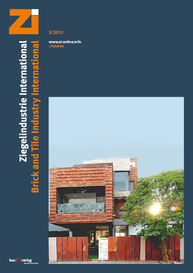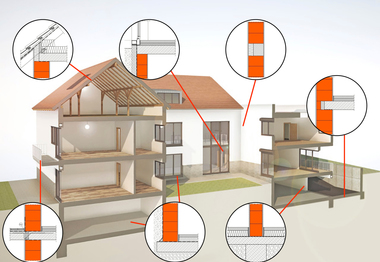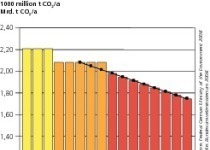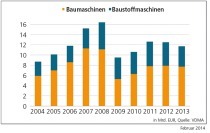EnEV 2014: High cost, limited effect
The German government’s roadmap, which aims at lowering CO2 emissions in the building sector by a total of 20 % by 2020, is worthy of support to the full extent. But how an EnEV that categorically excludes refurbishment with regard to energy requirements is supposed to make a key contribution to this is more than questionable: after all, the annual number of newbuilds makes up less than one percent of housing stock in Germany.
With two times 12.5%, the EnEV draft plans a nominally stricter tightening up in the primary energy sector. With heat losses of up to 50% from ventilation and an already very high-quality building envelope today – thanks to appropriate masonry products, these stricter requirements lower the transmission heat losses of newbuilds by just around three percent. Similarly limited are the results for CO2 emissions: in practice for a detached house with four occupants, emissions will be reduced by just 130 kg/year. These 130 kg don’t even match the amount of CO2 caused by the annual consumption of chocolate in a four-person household!
Since the early 1990s the German clay brick and tile industry has taken key innovative steps and lowered the thermal conductivity of its masonry bricks by a total of 60%.
Thanks to such high-quality masonry products, today just 12% of the energy losses from a building can be attributed to its walls. Against the background of the 130 kg CO2 to be saved in total, with regard to the exterior walls we are talking about just 15.6 kg CO2.
You therefore rightly have to ask just how reasonable the balance of cost and effect of the EnEV 2014 really is.







